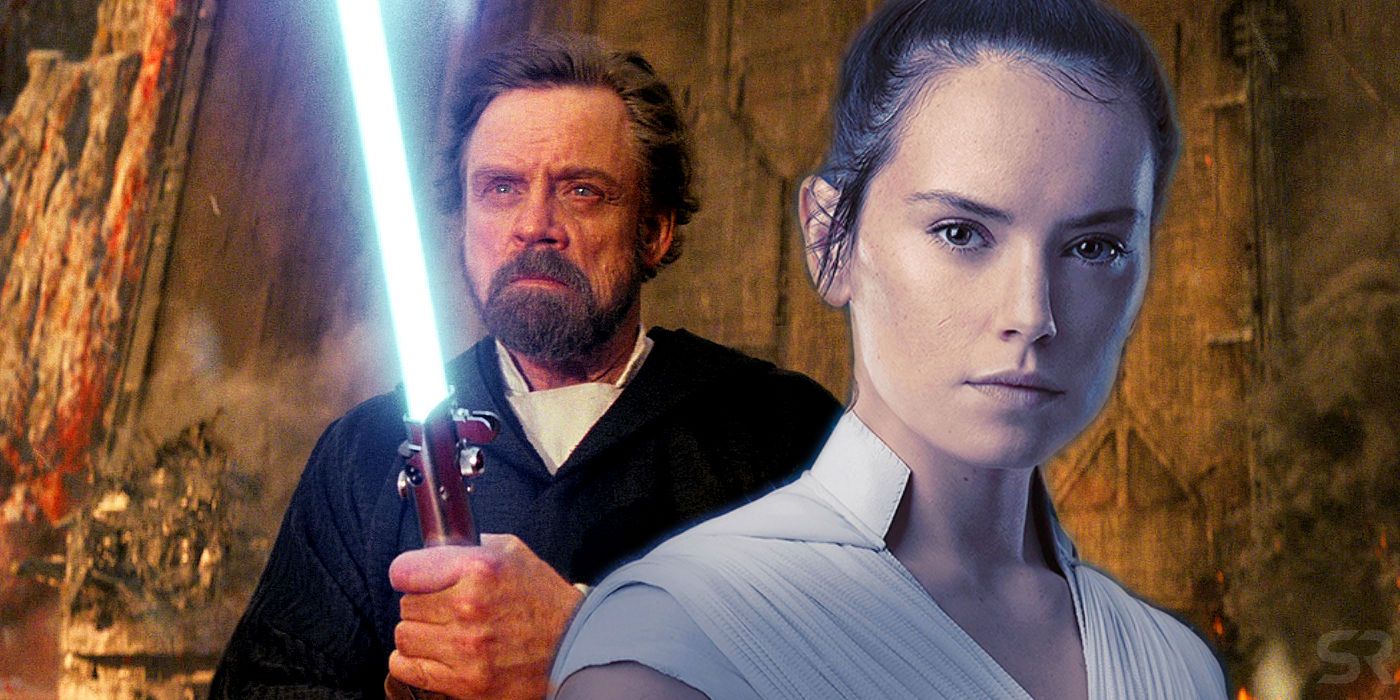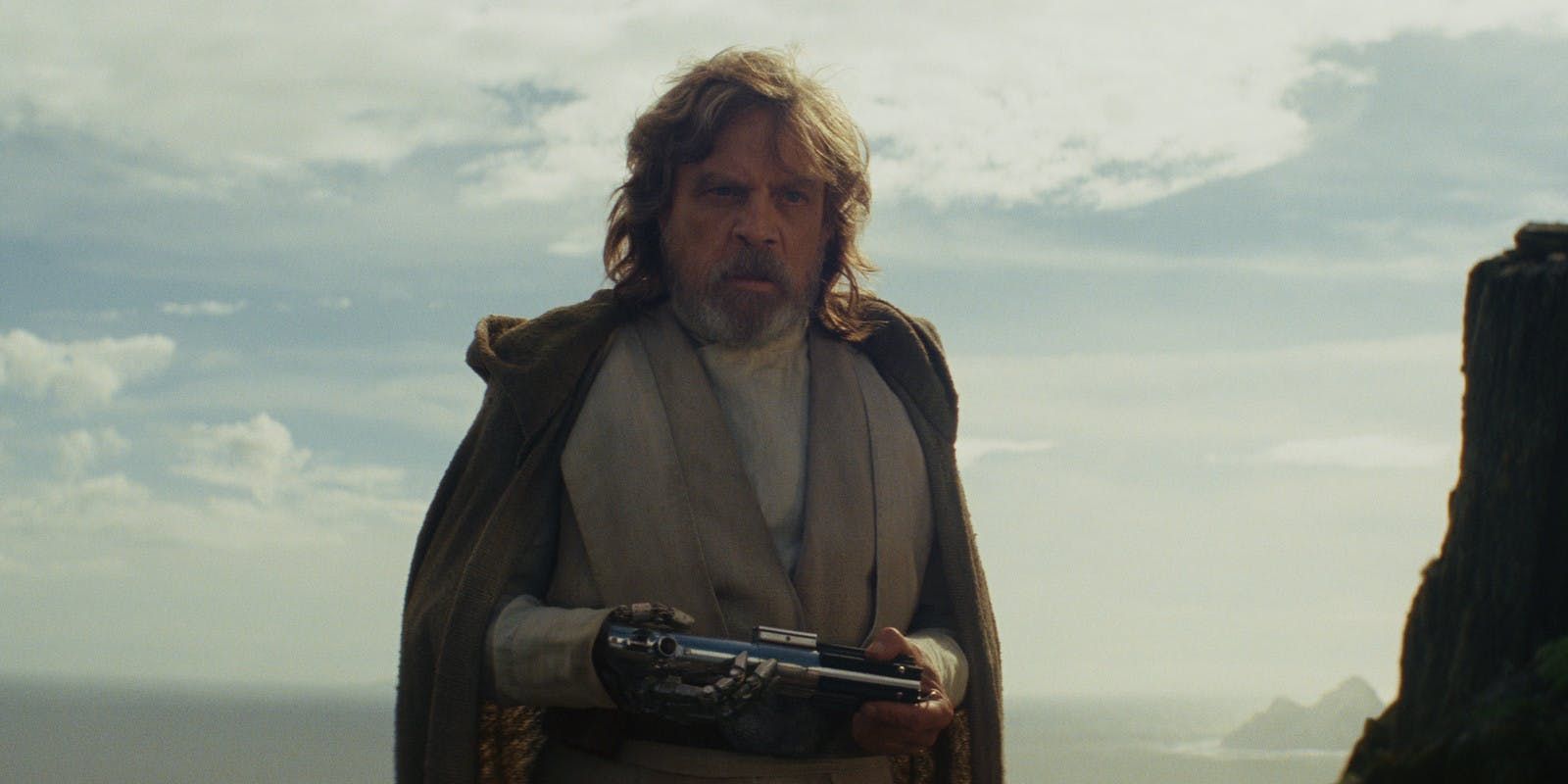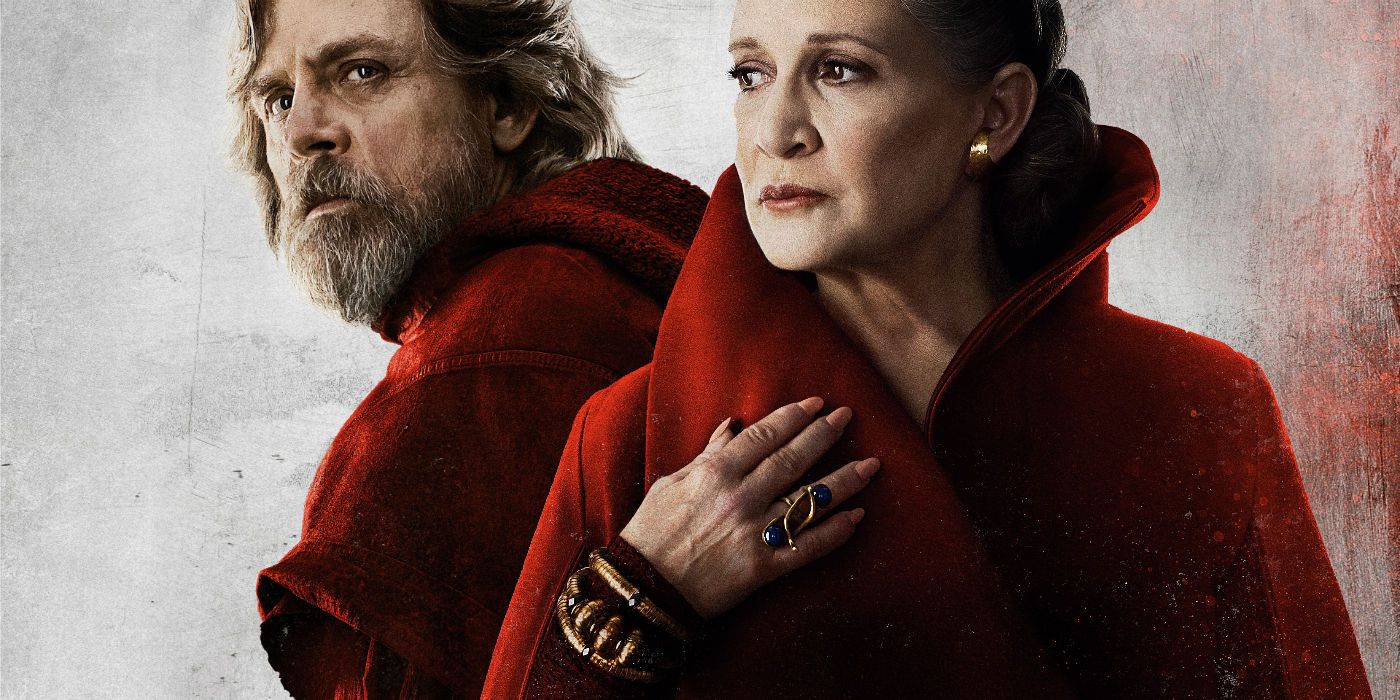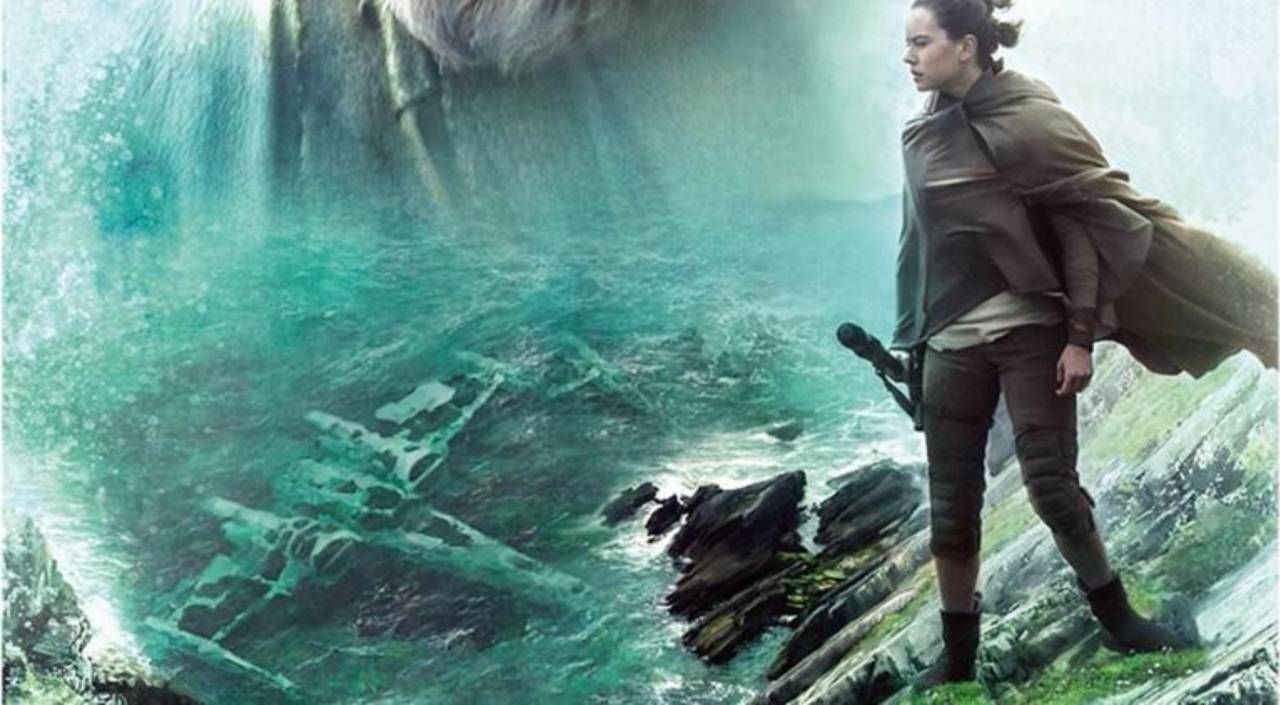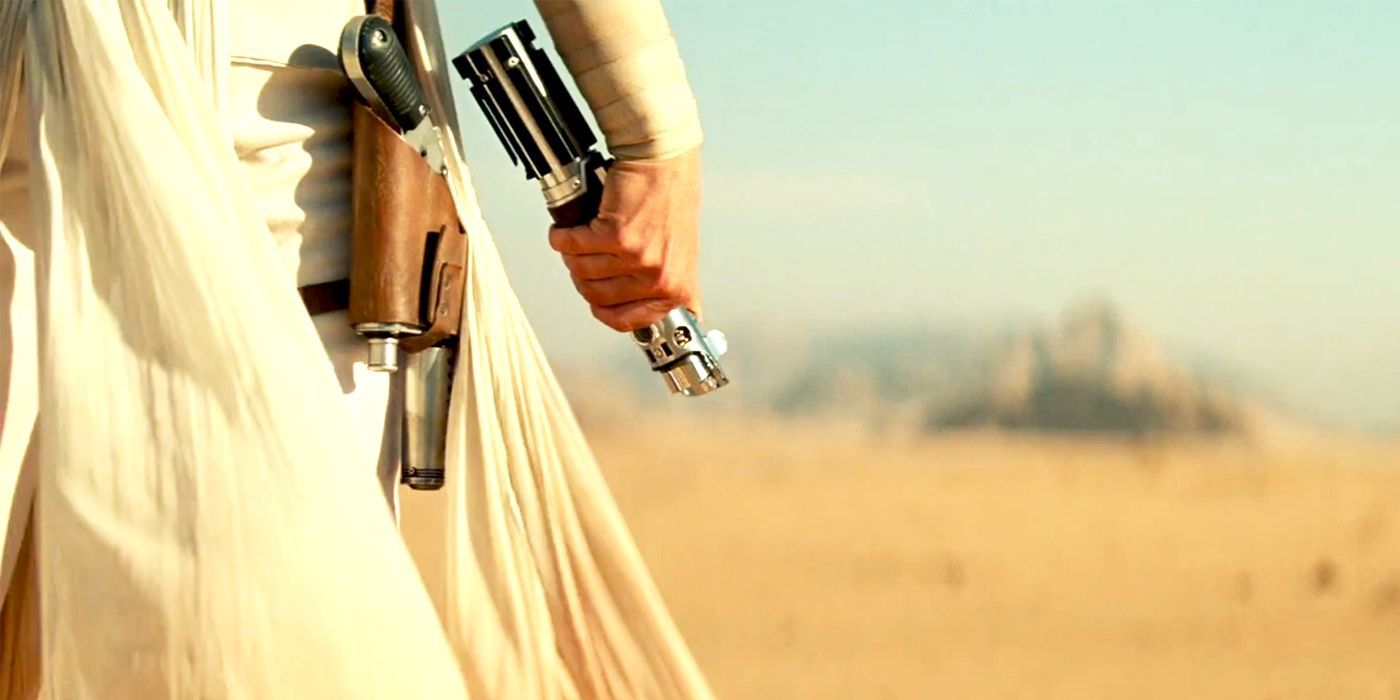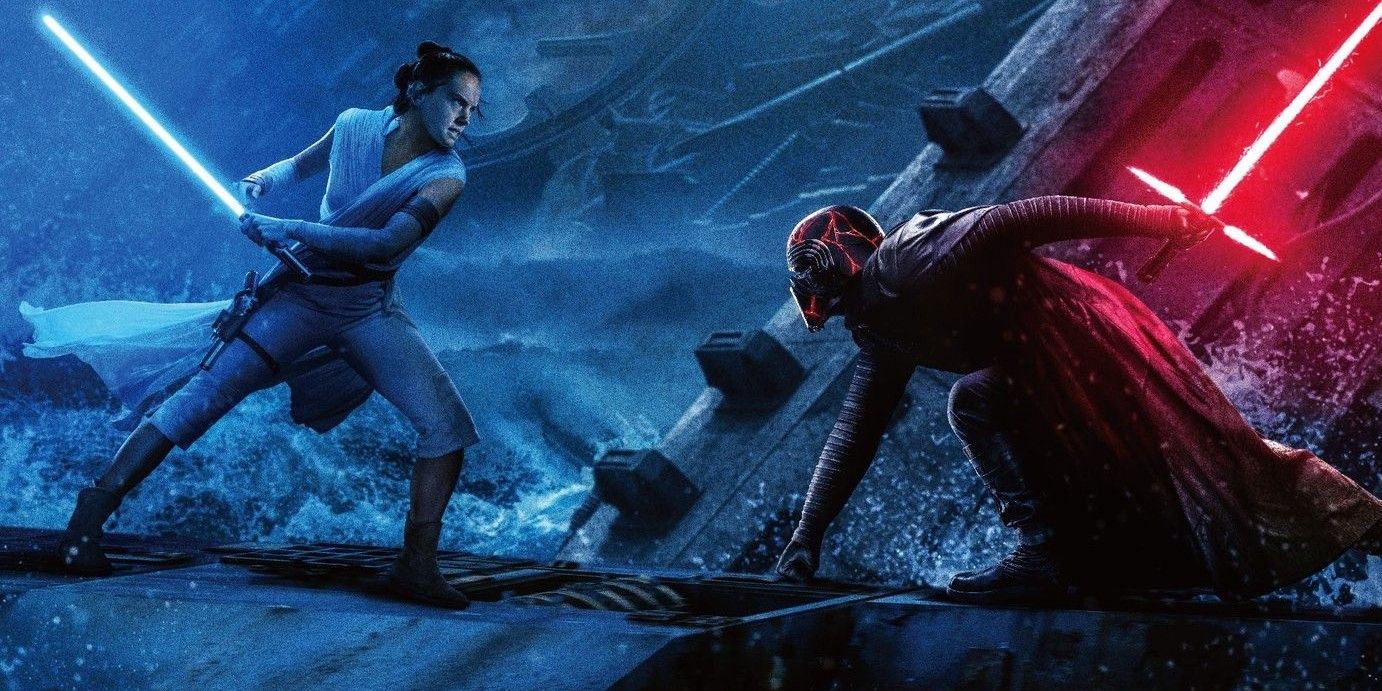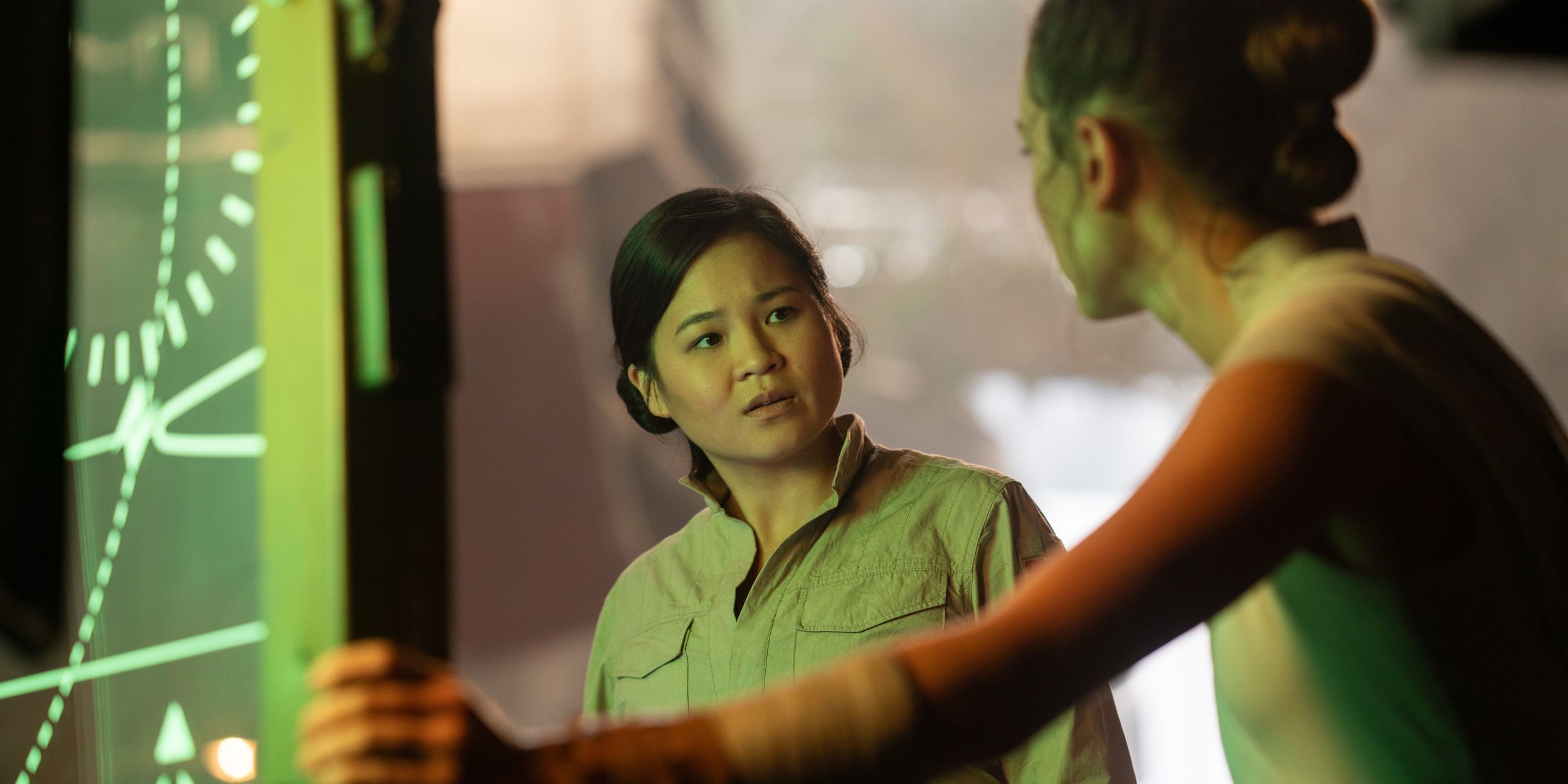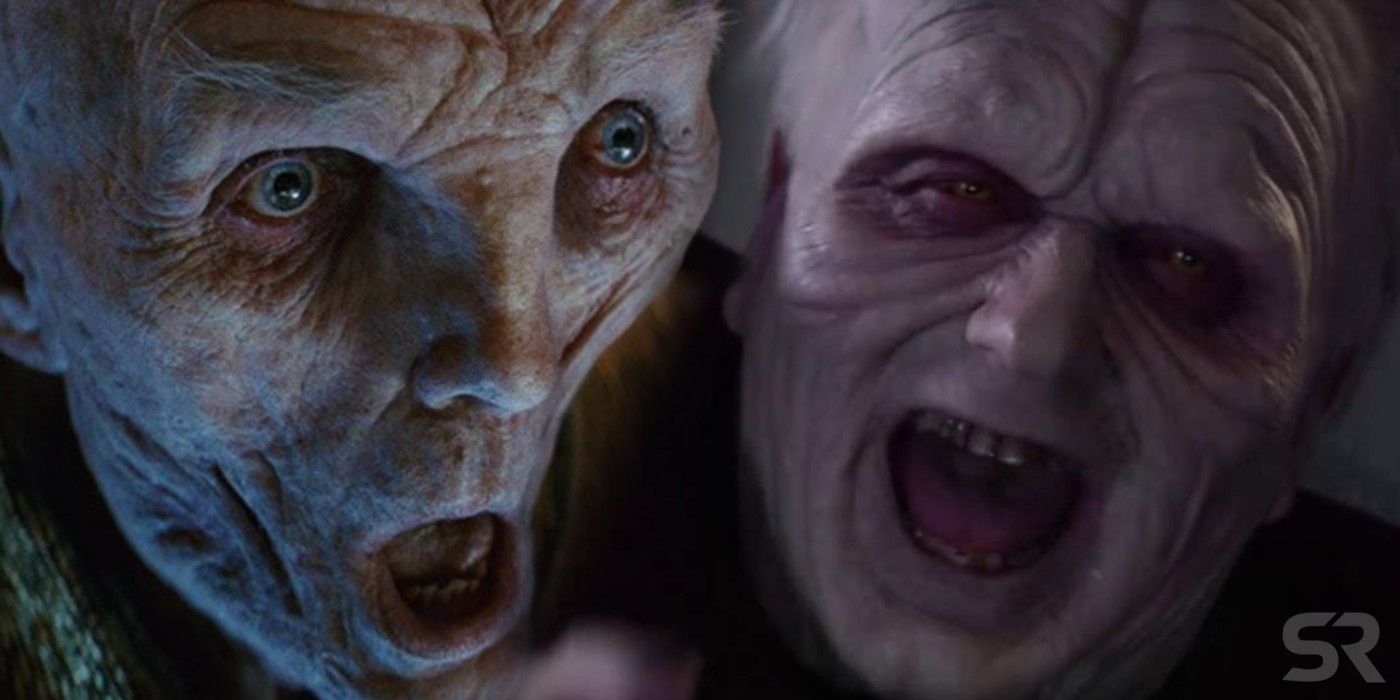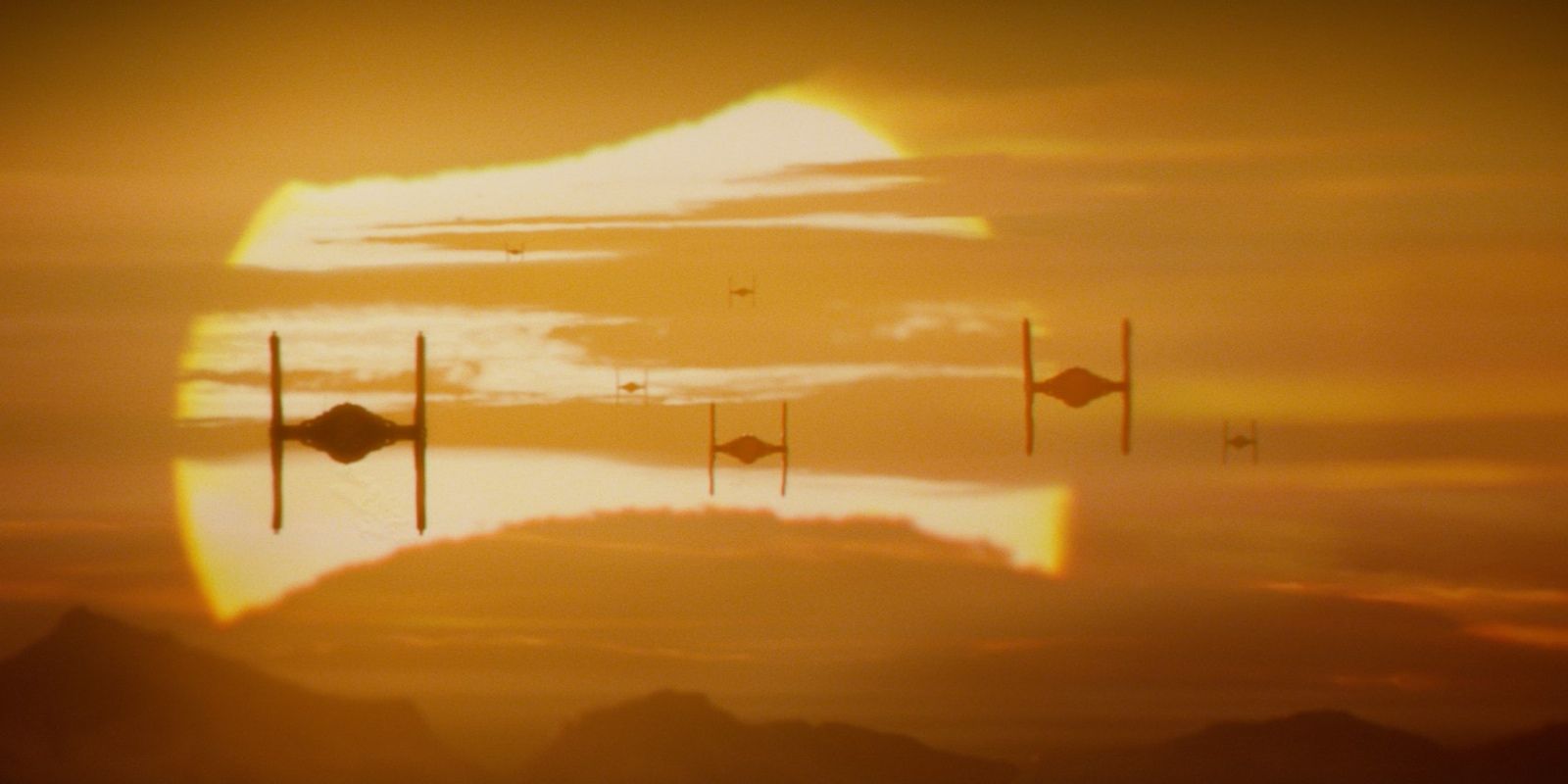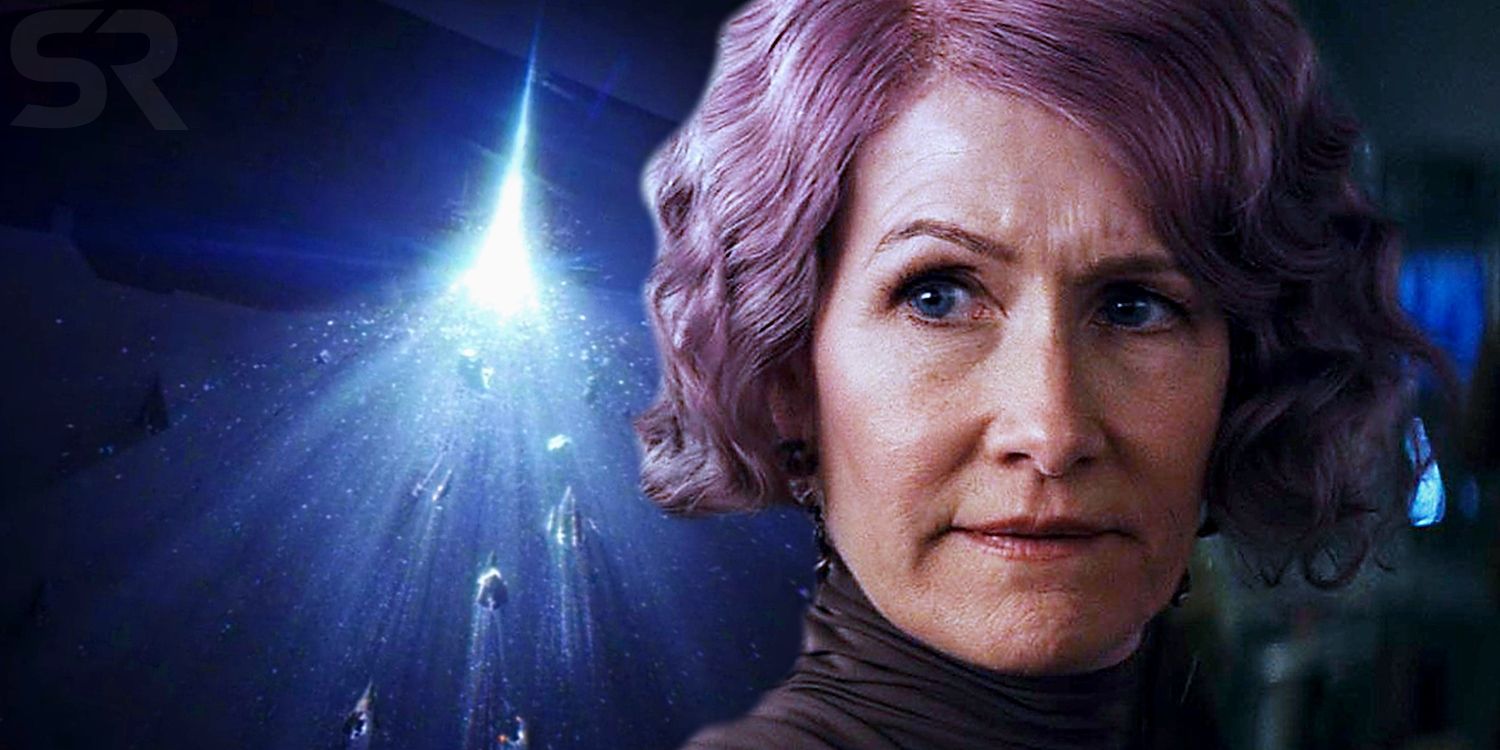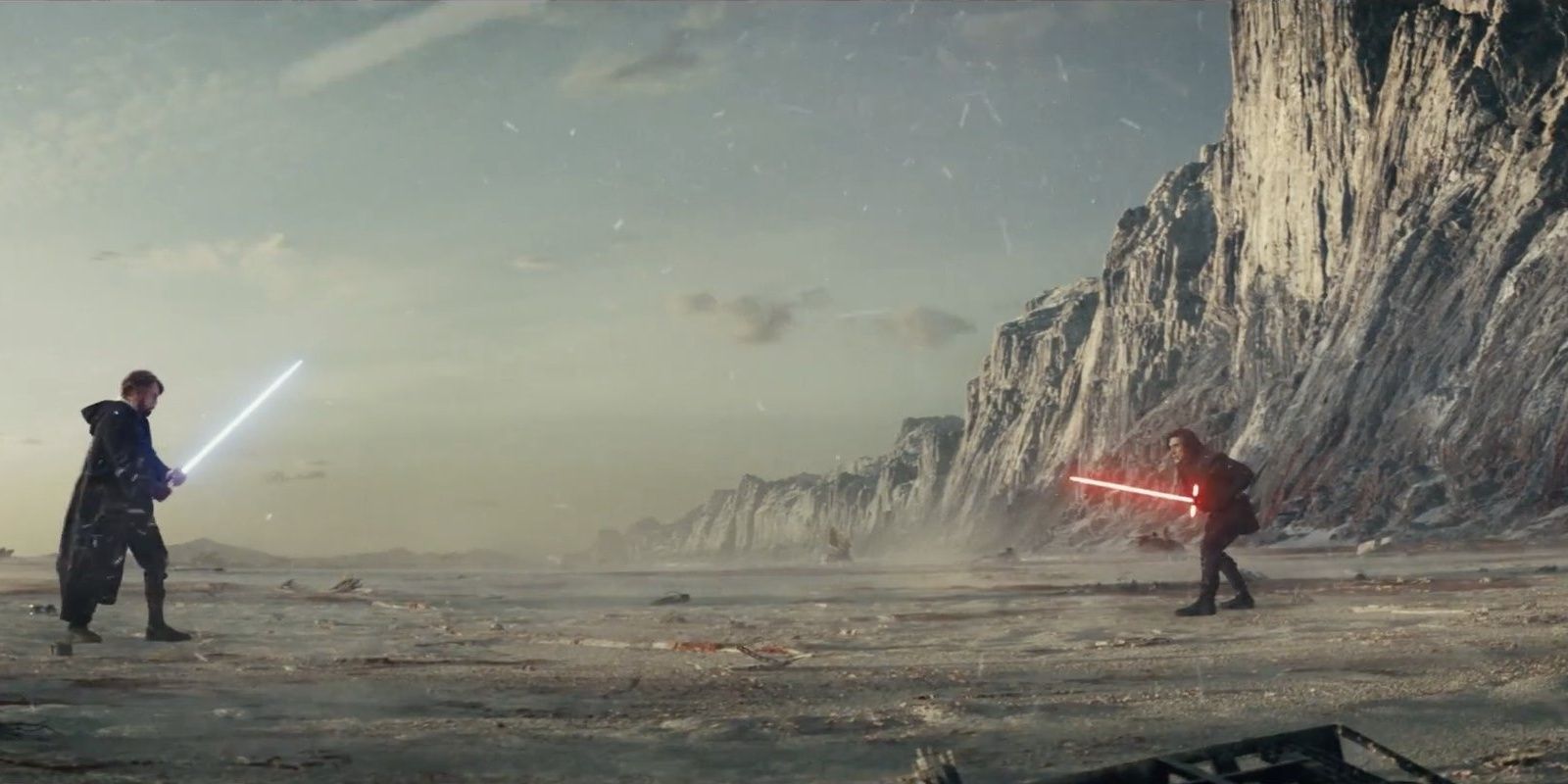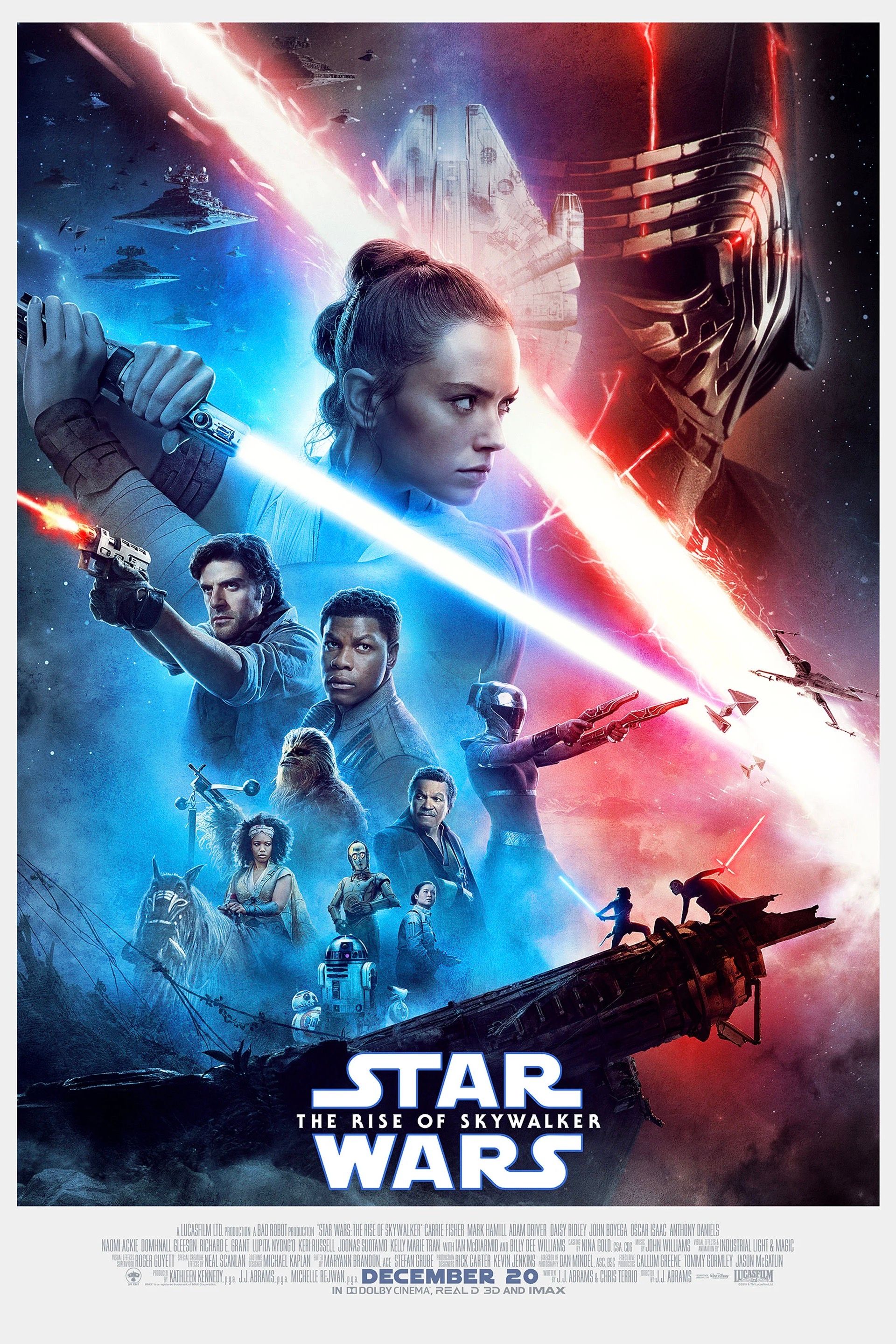This post contains SPOILERS for Star Wars: The Rise of Skywalker
Here are all the ways Star Wars: The Rise of Skywalker retcons The Last Jedi. Nearly two years after its release, The Last Jedi remains one of the most polarizing films in recent memory, continuing to inspire heated debates over its merits. A number of Rian Johnson's creative choices rubbed people the wrong way, as he seemingly disregarded story threads J.J. Abrams had set up in The Force Awakens. In actuality, nothing in The Last Jedi contradicts The Force Awakens; Johnson just took the story in ways some viewers weren't anticipating, helping the Star Wars franchise evolve with a movie that challenged its characters and the audience.
Considering just how divisive The Last Jedi was, some thought (and were hoping) Abrams would attempt some course-corrects on The Rise of Skywalker, undoing some of the decisions Johnson made on his film. But throughout the build-up to Rise of Skywalker, Abrams stated multiple times he was going to honor what Johnson did, not allowing fan reactions to get in the way of telling a good story. However, now that The Rise of Skywalker is out, it's difficult to really believe that, as there are several ways the saga's finale retcons its previous chapter.
Luke Catches The Lightsaber On Ahch-To
On one hand, this could be interpreted as a continuation of Luke's sequel trilogy arc. By the end of The Last Jedi, he was willing to sacrifice his life for the Resistance and reignite a spark of hope throughout the galaxy, so of course this time he'd want to catch his old sword (rather than throw it away). In concept, it's an interesting role reversal from Last Jedi, as this time it's Rey who no longer wants to fight and Luke has to talk her back into fulfilling her destiny.
Still, something feels fundamentally off about the way the scene itself is executed. Much of it has to do with Luke's line about how a Jedi's weapon deserves more respect than to just be tossed into burning wreckage. That clearly wasn't an opinion he had about lightsabers in the beginning of The Last Jedi, which is even weirder considering another lightsaber-related retcon seen in the movie.
Luke Had A Lightsaber On Ahch-To (Leia's)
The whole point of Luke going into exile was that he wanted to die in isolation, far removed from any galactic conflict, believing the Jedi Order did more harm than good. He, along with the final traces of the religion (the sacred texts), would be gone. In The Last Jedi, he didn't have a lightsaber with him (what happened to his green sword isn't known) because he had no intention of fighting ever again. But, for some reason, he kept Leia's lightsaber hidden away in his hut.
Frankly, this doesn't entirely add up. Much like his magically repaired X-wing, Luke being in possession of any lightsaber while on Ahch-To seems to contradict and undermine the nature of his disappearance. While it is cool to know Luke trained Leia in the Jedi arts for a short while, it's curious why Luke would bring his sister's lightsaber with him. If he wasn't planning on ever returning, it doesn't make sense for the weapon to be there.
Luke's X-wing Isn't Broken
Early on in The Last Jedi, Rey spots Luke's old X-wing submerged underwater. It was later confirmed Skywalker did this himself, destroying his only means of transportation off Ahch-To. He never intended to leave the planet, as he came to the island to die in exile. This is why it's so surprising when it's revealed the ship was fully functional all along, apparently just waiting there in the event Luke changed his mind.
In The Rise of Skywalker, Rey returns to Ahch-To, planning to live the rest of her life in isolation. But a pep talk from her old master's Force ghost persuades her to confront Palpatine and defeat the Sith once and for all. However, Rey destroyed Kylo Ren's TIE fighter, which was her only way off-world. That's when Luke uses the Force to life the X-wing out of the water, a blatant callback to The Empire Strikes Back, allowing Rey to fly as Red 5 to save the galaxy.
Rey's Parents/Backstory
Rey's heritage was left intentionally vague in The Force Awakens, a major mystery to unpack in the later installments of the trilogy. The Last Jedi looked to answer that question by telling Rey the most difficult thing she could have heard: her parents were nobodies. They were two drunks who sold her off for drinking money and are dead in the Jakku desert. The family Rey waited years for had abandoned her as a young child. It was a heartbreaking, devastating twist that's completely retconned.
The Rise of Skywalker, of course, reveals Rey is Palpatine's granddaughter. Her father (who was Palpatine's son) and mother chose to live as nobodies on Jakku in an effort to protect Rey from her grandfather's clutches. So, technically, this puts a "from a certain point of view" spin on what Kylo said in The Last Jedi, but it still comes across as a rejection of what Johnson was going for. The whole idea in The Last Jedi was that a hero could come from anywhere, even if they weren't part of a powerful/iconic bloodline. Rey does reject her biological family to become a Skywalker in spirit, proving that a hero still can come from anywhere. But the fact she and her father are descendants of arguably the most powerful Sith Lord who ever lived make them somebodies.
Rey Owning the Skywalker Saber
Being passed down from Anakin to Luke, the classic Skywalker lightsaber became Rey's in the sequel trilogy. The weapon called out to the scavenger on Takodana and chose her over Kylo Ren on Starkiller base. Rey then used it throughout The Last Jedi, be it in training on Ahch-To or battling the praetorian guards alongside Kylo. Lucasfilm even went so far as to rebrand it "Rey's lightsaber" for merchandising purposes, so The Rise of Skywalker features an odd plot point with regard to the saber.
Early on in the film, Rey is going through a training exercise, but doesn't complete it because she's distracted. Going back to her new master Leia, Rey hands the Resistance general the lightsaber and says one day she'll be worthy of Luke's lightsaber. That doesn't really line up with the previous films, establishing an arc where Rey takes complete ownership of the weapon. She had it in the previous two movies, and this wasn't an issue.
Rey Breaking the Force Bond With Kylo Ren
To further develop Rey and Kylo Ren's fascinating dynamic, Johnson introduced a concept popularly referred to as "Force Skype," in which the two could communicate with each other from opposite sides of the galaxy via the Force. That bond was a recurring element throughout the film, but Rey appeared to sever the connection at the end of The Last Jedi. Her closing the Millennium Falcon's ramp was interpreted as cutting off the bond, but in The Rise of Skywalker, it's back and seemingly more evolved. Kylo is able to snatch Rey's necklace on Pasaana, and Rey can give Ben Solo a lightsaber on Exegol.
It's possible Palpatine built a bridge between the two, similar to Snoke in The Last Jedi, but The Rise of Skywalker really plays into the connection between Rey and Kylo as a Force dyad, linked together. So, in a way, it undermines the symbolic gesture done by Rey at the end of Last Jedi. She still has a bond with Kylo, even after seemingly cutting it off so she could be with her found family in the Resistance.
Rose is Sidelined
Introduced as one of the new Last Jedi characters, Rose earned such a negative reception from certain circles, actress Kelly Marie Tran chose to leave social media. It was yet another low point for a fan base unfortunately full of them (Jake Lloyd, Ahmed Best), but unsurprisingly the Star Wars filmmakers and actors stood by Tran during her difficult time. At Celebration Chicago, Abrams even said he was thankful for Johnson casting Tran, giving the young actress a much-needed vote of support. However, Abrams had a funny way of showing his appreciation for Tran in The Rise of Skywalker.
After playing a vital role in Finn's Last Jedi arc, Rose is completely sidelined in the finale, having very little to do as new characters like Zorii Bliss and Jannah get the spotlight. The Last Jedi seemed to be setting up Rose as a new member of the main group, and Finn even offers her a spot on the mission to Pasaana in Rise of Skywalker. But Rose declines and becomes an afterthought for most of the running time. It almost feels like this choice was deliberately made out of fear of angering the harshest Last Jedi critics. Instead of continuing Rose's story and making her a key part of the Resistance, she's just there in the background.
Snoke Was Palpatine
Other than Rey's parentage, the biggest sequel trilogy mystery concerned the nature of Supreme Leader Snoke. He seemed to be positioned as a new Emperor, the "big bad" who would have to be defeated in order for the Resistance to prevail. Frustratingly to some, Snoke was killed in The Last Jedi before even an inkling of backstory could be revealed. It appeared as if the character's history and rise to power would need to be covered in non-movie canon materials, like books and comics. But, The Rise of Skywalker finally gives people the answers they craved.
In one of the movie's earliest sequences, Palpatine tells Kylo Ren that he created Snoke, essentially turning Snoke into a puppet to do the Emperor's biding. The former Supreme Leader wasn't acting on his own accord, he was serving the Emperor, helping the First Order gain a foothold in the galaxy. After The Last Jedi, it seemed like Snoke wasn't very important, but this changes that and reveals he was part of a much grander plan. This honestly isn't the most offensive retcon, as it attempts to tie Palpatine into the sequel trilogy's events to make his return less sudden.
Hyperspace Tracking Is Easy Now
A major plot point in The Last Jedi is the First Order has hyperspace tracking technology, which allows them to follow the Resistance's cruisers to any part in the galaxy. The film makes a point to mention this is done through a tracking system on the lead Star Destroyer, which has to be disabled for the Resistance to escape. It's established hyperspace tracking is new tech and borderline impossible, but it apparently made leaps and bounds in the one year between the two films.
Early on, Poe is hyperspace skipping in the Millennium Falcon, trying to shake some First Order TIE fighters. The TIEs are shown tracking the Falcon through hyperspace, implying that even a single light fighter is equipped to pull off the task. Again, an argument can be made the First Order developed whatever tech they had, but it's still strange that hyperspace tracking has become commonplace now.
The Holdo Maneuver Was Lucky
One of the more awe-inspiring moments in the entire sequel trilogy is the Holdo Maneuver, in which the Resistance admiral daringly made the jump to light speed in order to destroy Snoke's Star Destroyer (and the rest of the First Order fleet). After The Last Jedi came out, many wondered if this was an option, why wasn't it done before in any of the other movies. The Rise of Skywalker attempts to explain things with a throwaway line of dialogue.
When analyzing their strategy against the First Order's new Sith fleet from Exegol, one of the Resistance members says they need to do some more "Holdo maneuvers" to get rid of the Star Destroyers. Another person chimes in by saying Holdo's sacrifice was essentially a one-in-a-million chance, chalking the action up to luck. That's why the Holdo Maneuver wasn't done with more frequency. It's a long shot to even be successful, which sounds strange since Holdo aimed her cruiser right at the Star Destroyer and made the jump.
Luke Skywalker's Sacrifice
Luke's character arc in The Last Jedi builds up to the old Jedi master Force projecting himself across the galaxy to come to the Resistance's aid. In the immediate moment, it's a stalling tactic to distract Kylo Ren, allowing Leia and the others to escape the base on Crait. But, The Last Jedi reveals there were greater implications to Luke's self-sacrificial gesture. News of his heroics spread quickly across the galaxy, and the implication was it would inspire others to join the fight against the First Order, adding numbers to the Resistance's cause. That was the point behind the Broom Boy epilogue that ended the film. Skywalker had reignited the spark of hope.
Strangely, Luke's sacrifice had no such impact. While on Kijimi, Poe tells Zorii Bliss that the Resistance put out a call for help following the Battle of Crait, but nobody came. That undermines the larger meaning behind Luke's death. He hadn't come back just to save his sister; as Rey told Luke, the galaxy needed a legend if they were going to rally and win the fight. It isn't until Lando and Chewie fly around in the Millennium Falcon that the Resistance is able to recruit a large number of combatants who strike back and aid in the final battle against Palpatine's fleet. Nobody's saying the Resistance should have had a massive, Imperial-sized army by the time The Rise of Skywalker picked up, but it's odd to suggest Luke ultimately died for nothing.

